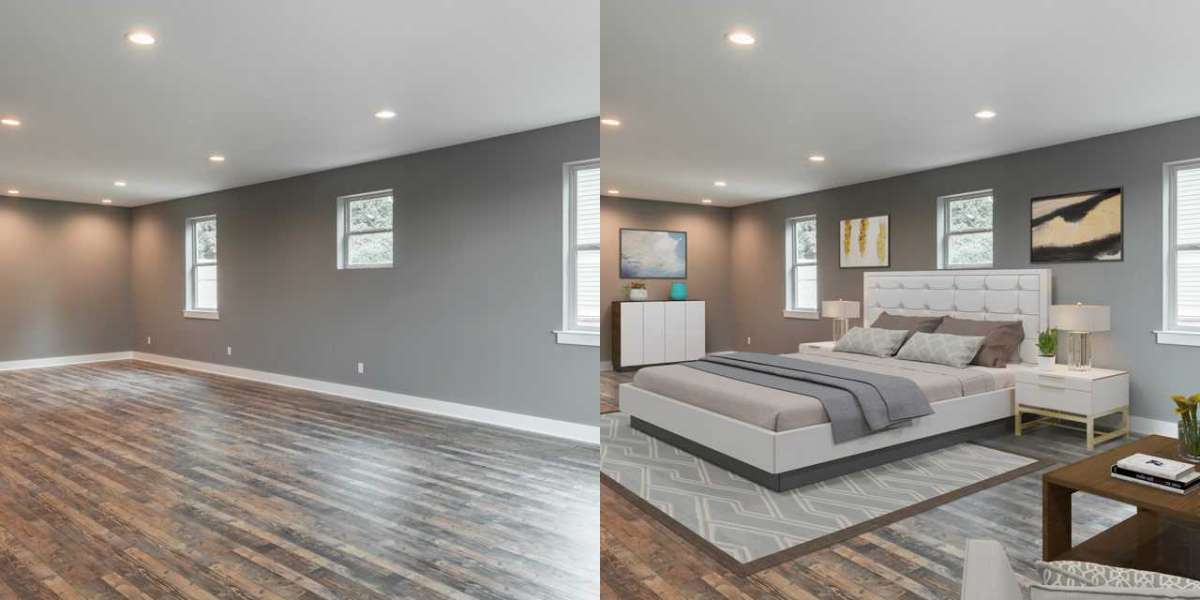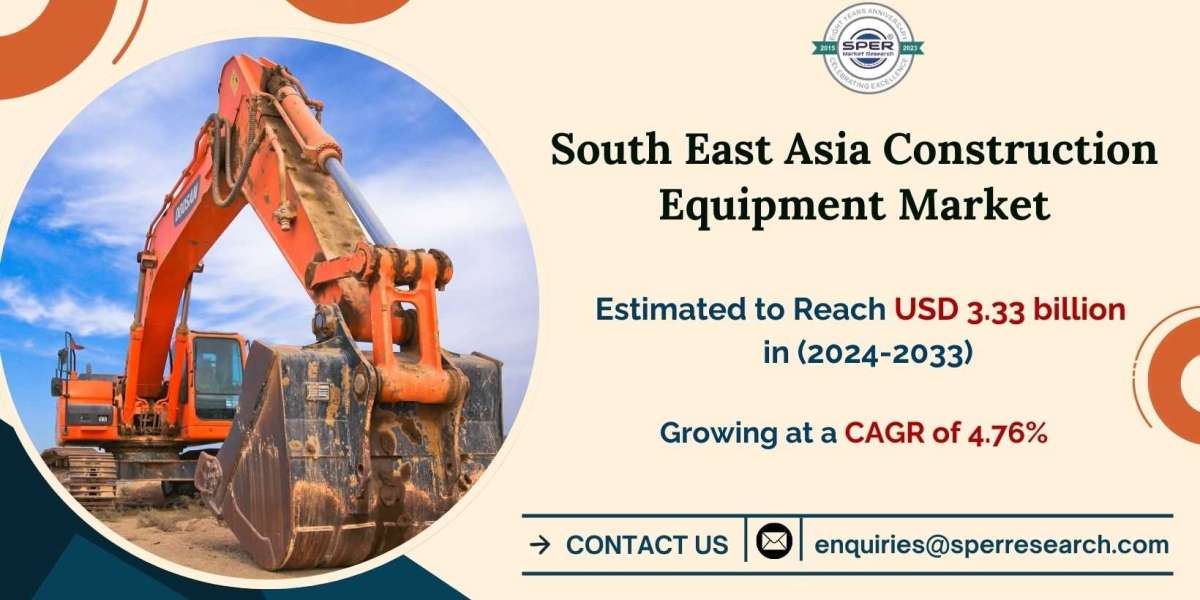In today's rapidly evolving real estate landscape, staying ahead of the competition requires innovative approaches to property marketing. Virtual staging has emerged as a game-changer in the industry, revolutionizing how properties are presented to potential buyers. This article explores the concept of virtual staging, its benefits, implementation strategies, and its impact on the real estate market.
1. Understanding Virtual Staging
Virtual staging is a digital marketing technique used to enhance vacant or under-furnished properties by virtually adding furniture, decor, and other elements to create visually appealing representations. Unlike traditional staging, which involves physically moving furniture into a property, virtual staging utilizes advanced technology to digitally furnish photographs of empty spaces.
2. The Benefits of Virtual Staging
Cost-Effectiveness: Virtual staging eliminates the need for costly furniture rentals and professional stagers, making it a more budget-friendly option for sellers and real estate agents.
Flexibility and Customization: Virtual staging offers unparalleled flexibility, allowing for easy experimentation with different furniture styles, layouts, and designs to suit target demographics and market trends.
Visual Appeal: Professionally staged properties tend to attract more attention from potential buyers. Virtual staging enhances a property's visual appeal, helping buyers envision themselves living in the space.
Time Efficiency: Virtual staging can be done quickly and remotely, saving time and accelerating the marketing process compared to traditional staging methods.
3. Implementing Virtual Staging
Photography: High-quality photographs of the property are essential for virtual staging. Professional photographers capture images from multiple angles to provide a solid foundation for the staging process.
Virtual Staging Software: Various software options are available for virtual staging, ranging from user-friendly DIY tools to advanced platforms offering extensive customization features.
Furniture Selection: Virtual stagers carefully select furniture and decor items that complement the property's style and layout, creating inviting and cohesive living spaces.
Editing and Rendering: Using virtual staging software, stagers digitally place furniture and decor items into the property's photographs, adjusting lighting, shadows, and perspective for realistic renderings.
Review and Feedback: Property owners and real estate agents review the virtual staging renderings and provide feedback, allowing for revisions to ensure the final result meets their expectations.
4. The Impact of Virtual Staging on the Real Estate Industry
Increased Buyer Engagement: Virtual staging captivates buyers' attention and encourages further exploration of properties, leading to higher engagement and potential conversion rates.
Faster Sales Cycle: Professionally staged properties, whether physically or virtually, tend to sell faster than vacant or under-furnished properties, accelerating the sales cycle and reducing time on market.
Global Reach: Virtual staging enables properties to be marketed to a global audience without the constraints of physical staging, expanding reach and attracting buyers from anywhere in the world.
Cost Savings: Virtual staging offers significant cost savings compared to traditional staging methods, allowing real estate professionals to allocate resources more efficiently and maximize returns on investment.
Conclusion
Virtual staging has emerged as a transformative tool in the real estate industry, offering cost-effective, flexible, and visually appealing solutions for property marketing. By leveraging technology to showcase properties in their best light, real estate professionals can attract more buyers, shorten the sales cycle, and achieve greater success in today's competitive market. As virtual staging continues to evolve and gain traction, its impact on the industry is poised to grow, reshaping the way properties are marketed and sold in the digital age.



